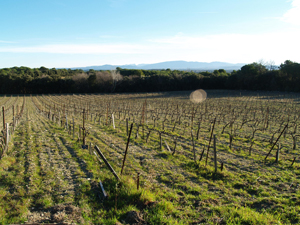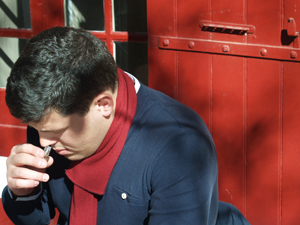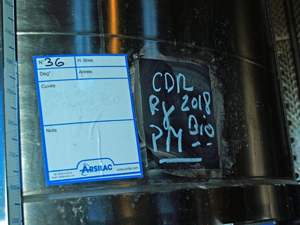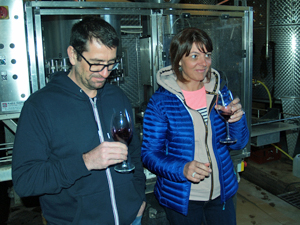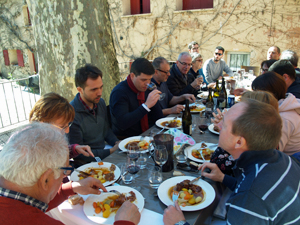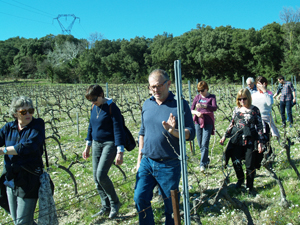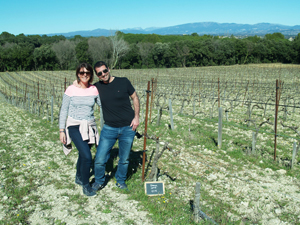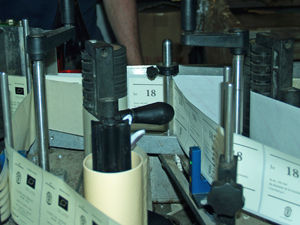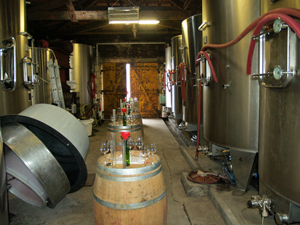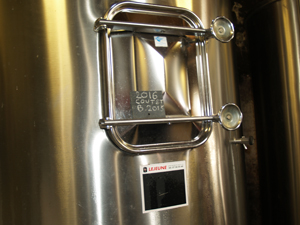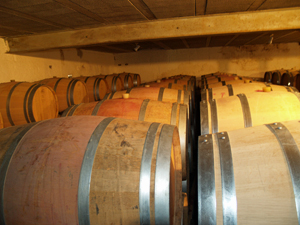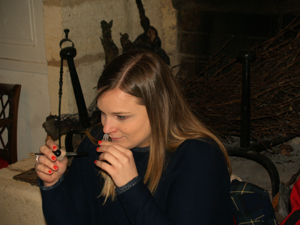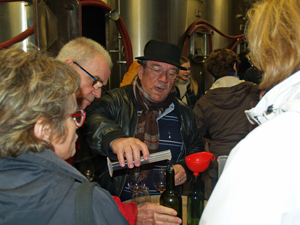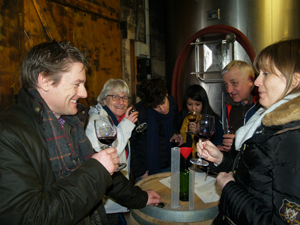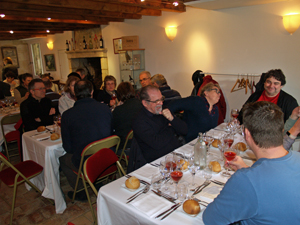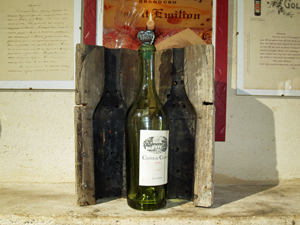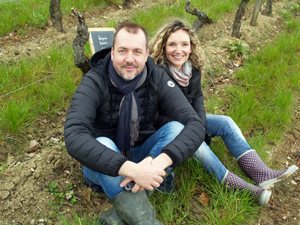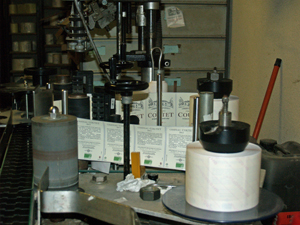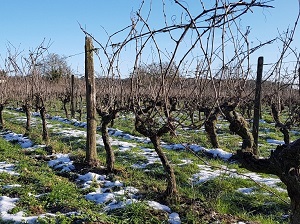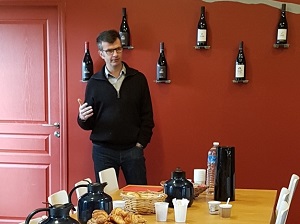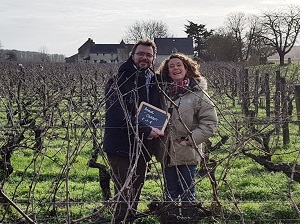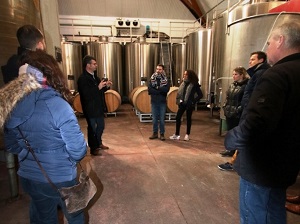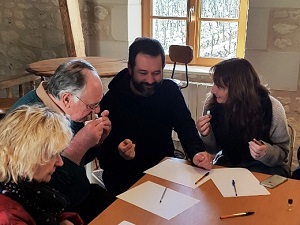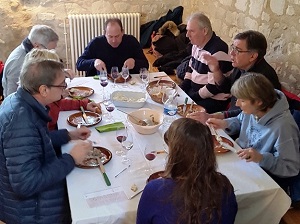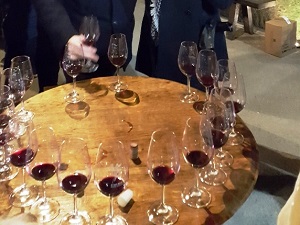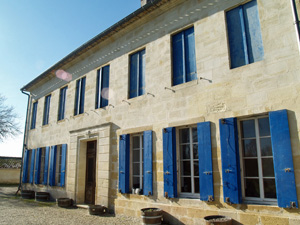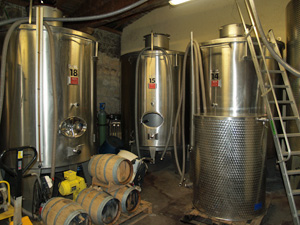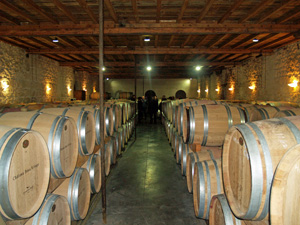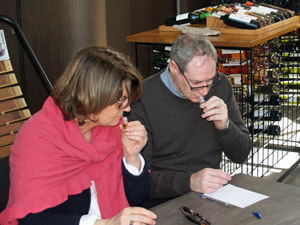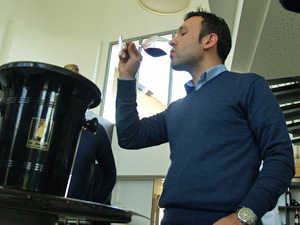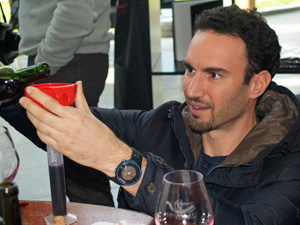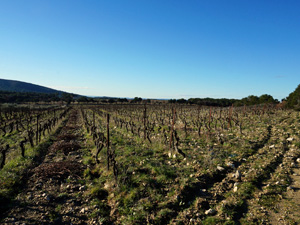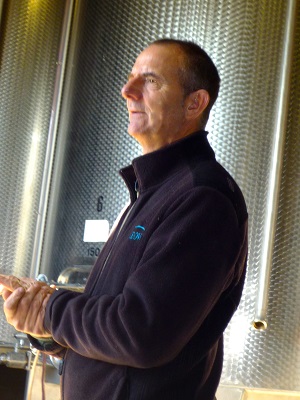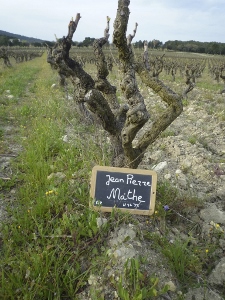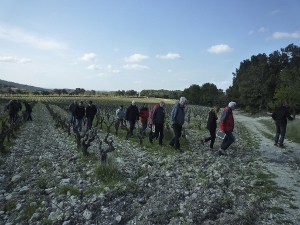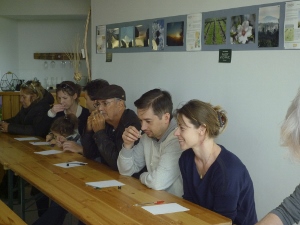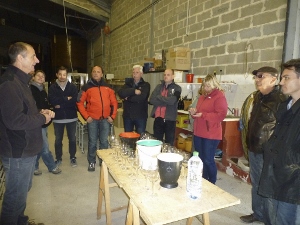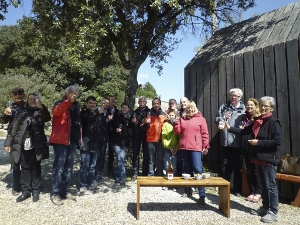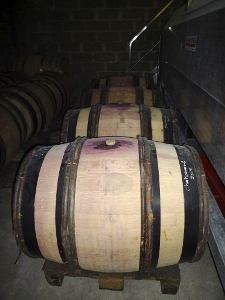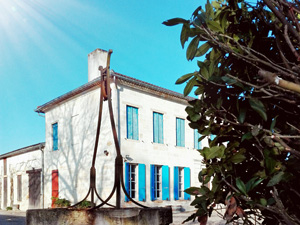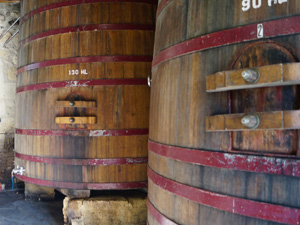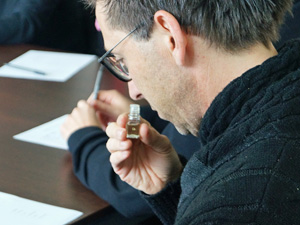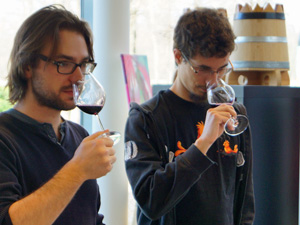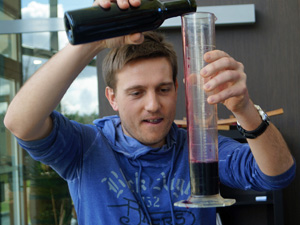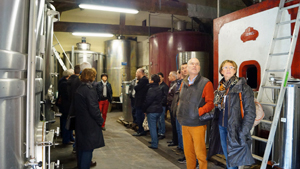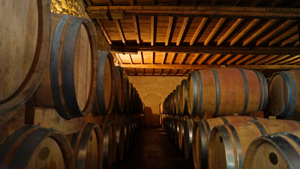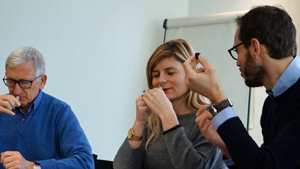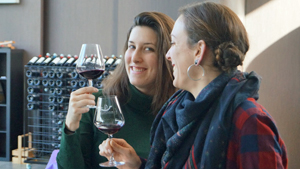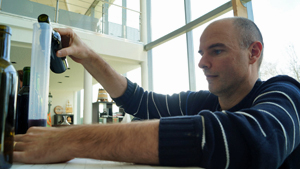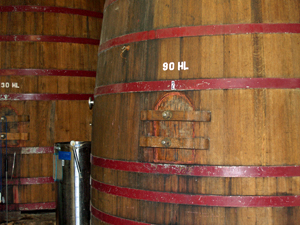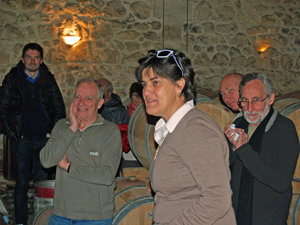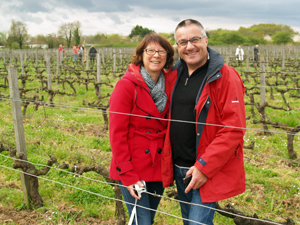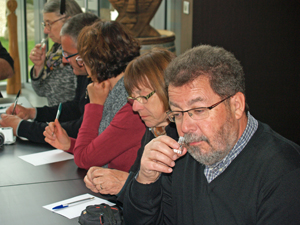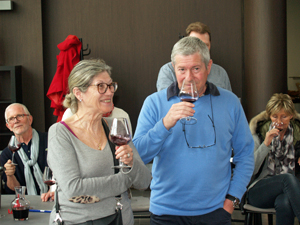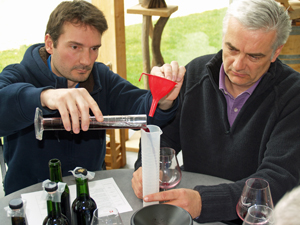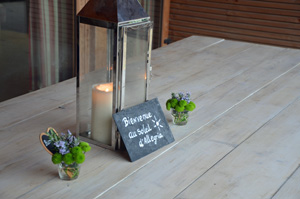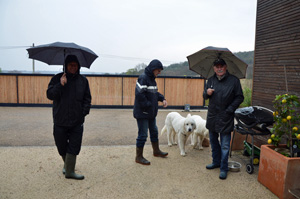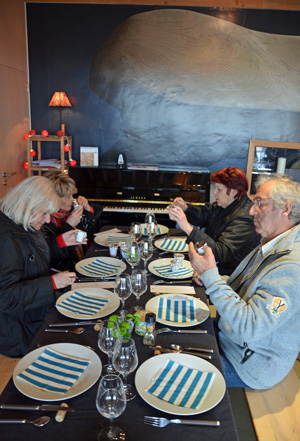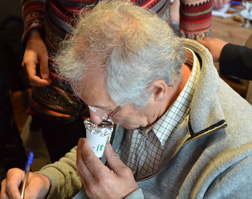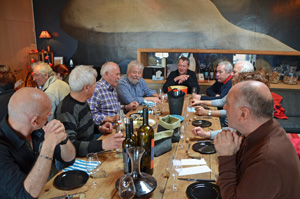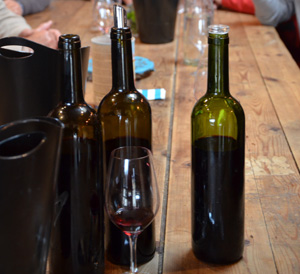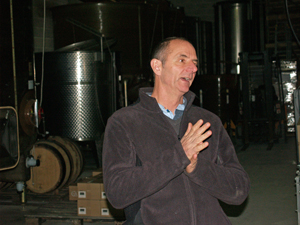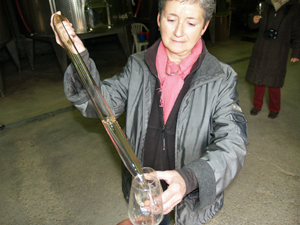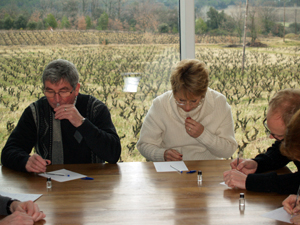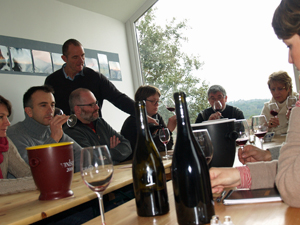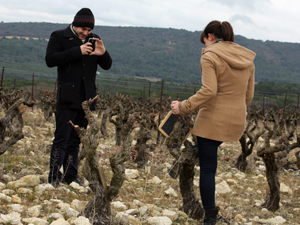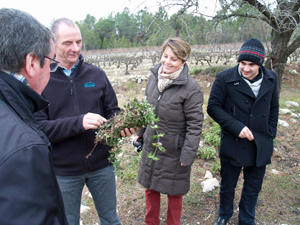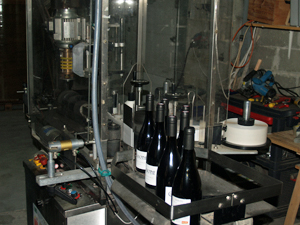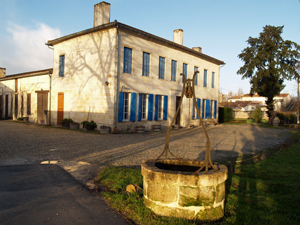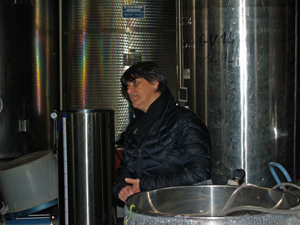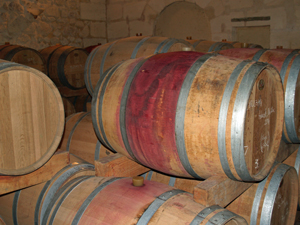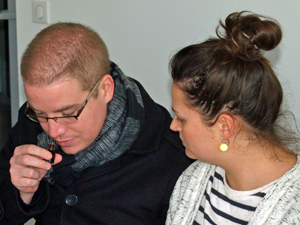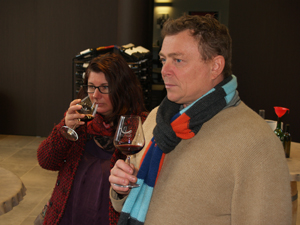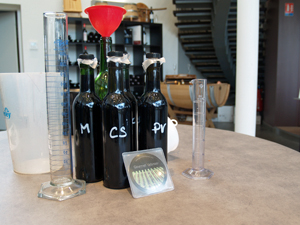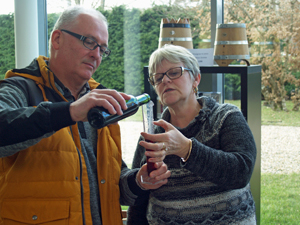Wine-making and blending course with the wine-maker in Saint-Emilion
- Categories :
- Gifts
- Wine
- Bordeaux
- Wine Making
- Events
- Gourmet Odyssey
- Champagne
- Château Coutet
After this complicated lock-down period, it was great to at last be able to re-start the Wine Experience Days at Château Coutet with the Vinification Experience Day. The masks and hand gels were compulsory, but that didn’t dampen the enthusiasm and fun of the day. We met up and introduced ourselves over a coffee and croissant on the lawn in front of the chateau. Matthieu, who represents the 13th generation of this family of winemakers, presented Château Coutet and explained the diversity of soil and grape varietals that make it such an exceptional place where the vines, trees, and people live in perfect harmony for more than 400 years.
We then visited the cellar where Matthieu explained the fermentation cycles that have happened since last year’s harvest. His passion and love for wine-making lights up his eyes and keeps us enthralled as he speaks.
Another room in the cellar is home to the barrels used to age the wines, as is tradition in the Bordeaux region. At Château Coutet, the aim is to not give the wine too much of a woody taste, so the percentage of new barrels used is on the low side, older, used barrels being preferred.
We then regrouped on the lawn in front of the château for the blending workshop. Benoît, the Gourmet Odyssey oenologist, reminded us of the techniques used to taste wine, so that we could all speak the same language, and then we started to blind taste several different wines. It’s always interesting to taste wines blind, so that we concentrate solely on the aromas and tastes that we perceive to analyse the wine, and not be influenced by the label.
We continued the blind tasting with the four different grape varietals that are grown at the winery. Matthieu and Benoît then presented us with three different blends, giving us three completely different wines, using exactly the same ingredients, just in different proportions. It helped us to better understand the complicated work to blend wines in Bordeaux, something that is an important skill for the wine-makers here.
After all of this hard work, we whet our thirst with the refreshing Claret de Coutet under the sunshine that started to peak out from behind the clouds. It’s a vibrant and fruity wine, difficult to classify, as it’s between a red and rosé wine.
Over lunch, we discovered the estate’s red wines. The 2016 Belle-Cimes, the château’s second wine, perfectly accompanied the revisited Landaise foie gras salad. We then tasted two different vintages of the Château Coutet red wine, something that is always interesting to compare. The 2017 is still young and a bit feisty, not yet having reached its potential despite being nice and fruity. The 2014 is now starting to taste really good and we can see that the wine has started to mature nicely even if it can still be kept for a good 10-15 years.
We then had the good fortune to the taste the 2017 Demoiselles red. It’s a select wine made from the best merlot and cabernet franc vine plots that are located on the limestone plateau and worked by horse. A real treat. The depth of aromas carries us afar, and the finesse of the tannins nicely wrap around the body of the wine. A real journey of discovery!
After lunch, we headed out to visit our adopted vines in the Peycocut vineyard that overlooks the Dordogne valley. It’s a magnificent setting from where you can also see the bell tower of Saint-Emilion’s church just 800 m away. We each immortalised the meeting of our adopted vines with a few pictures, some of which were entered into the annual My Vine photo competition held by Gourmet Odyssey for the most creative photo with the vines.
The day ended with a visit of the store room where the bottles are stocked. Matthieu explained how the wine is bottled and the labels then applied, the last stages before the wine if finally ready for release.
Huge thanks to Matthieu for welcoming us and to Gourmet Odyssey for organising these days that are always such good fun and very informative.



